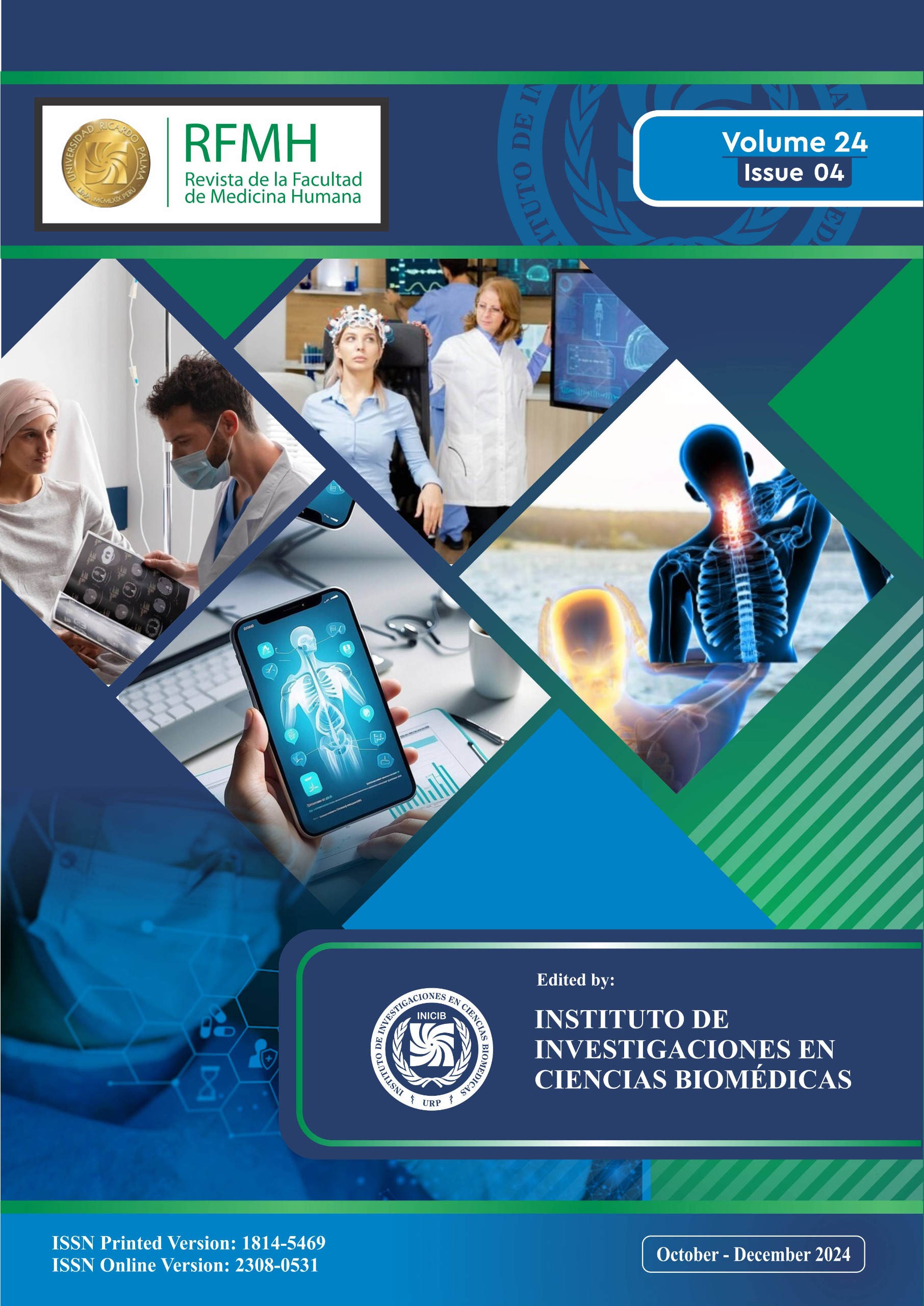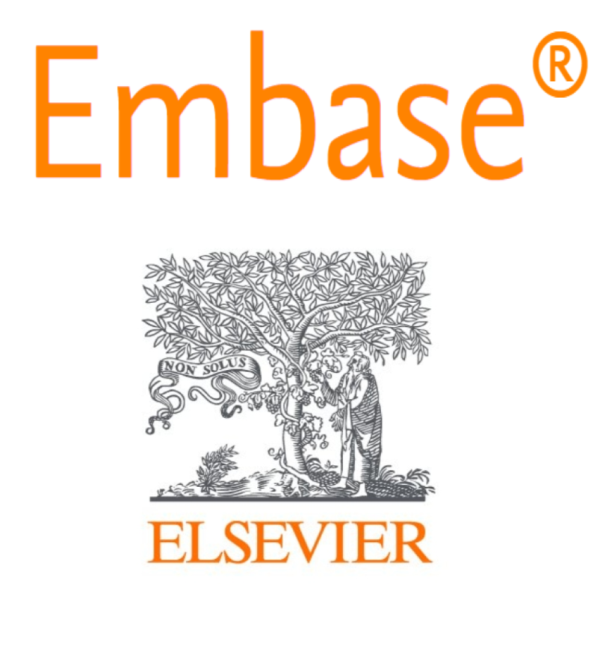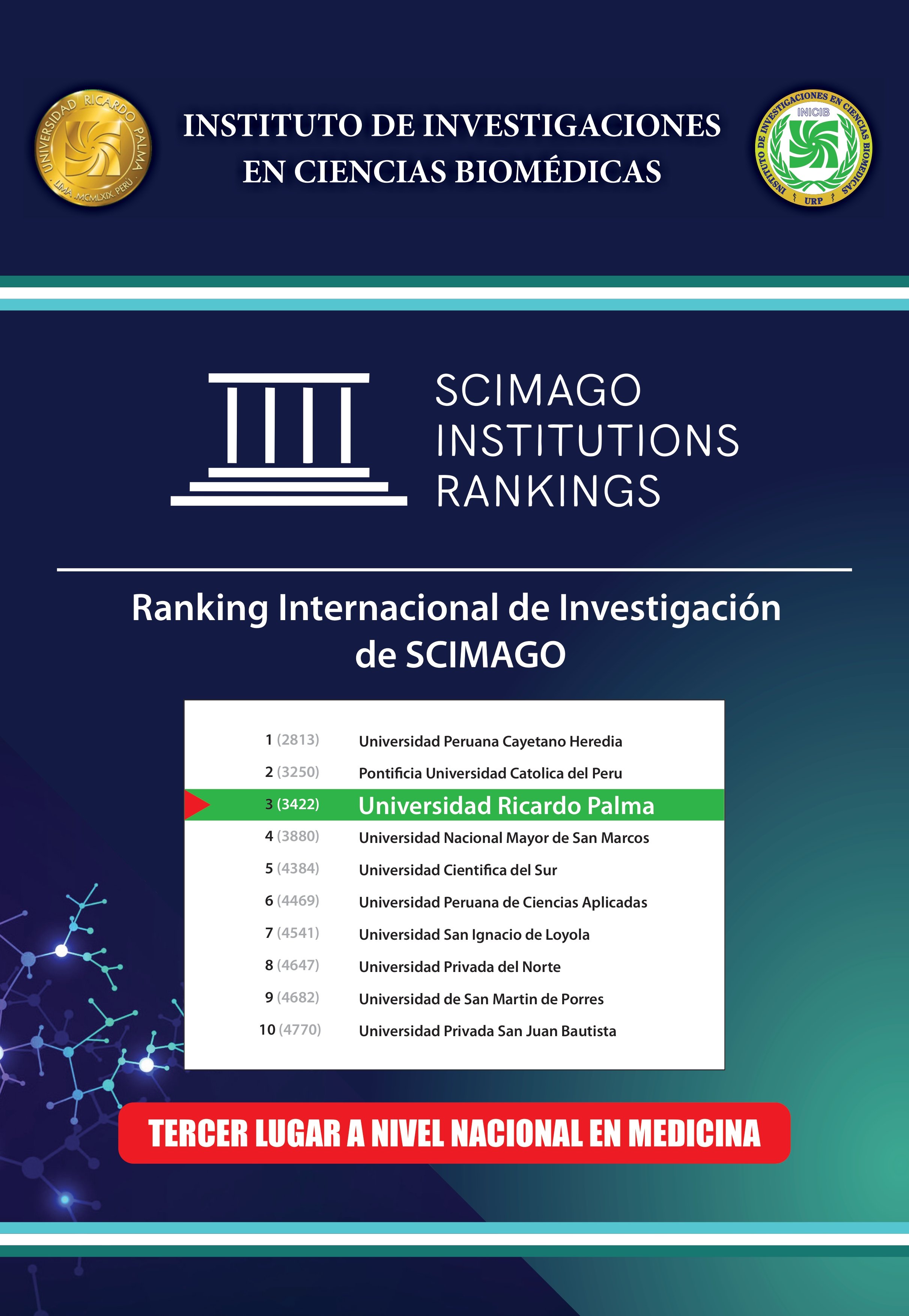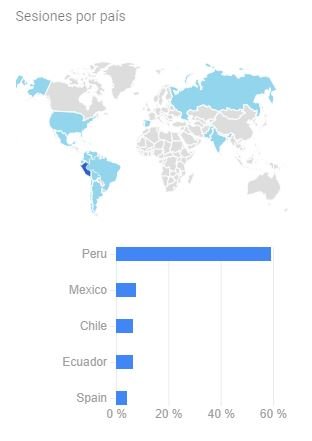Rhinoscleroma as a differential diagnosis of mucormycosis: A case repor
Rinoescleroma como diagnóstico diferencial de mucormicosis: reporte de caso
DOI:
https://doi.org/10.25176/RFMH.v2025i1.6436Abstract
Rhinoscleroma is a chronic granulomatous disease rare in our country but endemic in various parts of the world, covering regions of North Africa, Middle East, Central America, is caused in most cases by Klebsiella rhinoscleromatis affecting mainly the nasal cavity and nasopharynx, the presentation is more common in upper respiratory tract. Symptoms occur months after infection and depend on the stage of infection, these can be: fetid rhinorrhea, nasal obstruction, nasal deformity, destruction of nasal cartilage. The diagnosis is anatomopathological where Mikulicz cells are evidenced. The treatment of rhinoscleroma is with antibiotics for a prolonged period (2-3 months), in cases of airway obstruction surgical intervention should be performed.
We present the case of a 60-year-old woman with a history of diabetes mellitus type 2 and arterial hypertension, who arrives at the hospital with a pathological anatomy report showing thin and septate hyphae, suggestive of infection by Mucor. Subsequent hospital biopsy ruled out mucormycosis and confirmed the diagnosis of rhinoscleroma.
Downloads
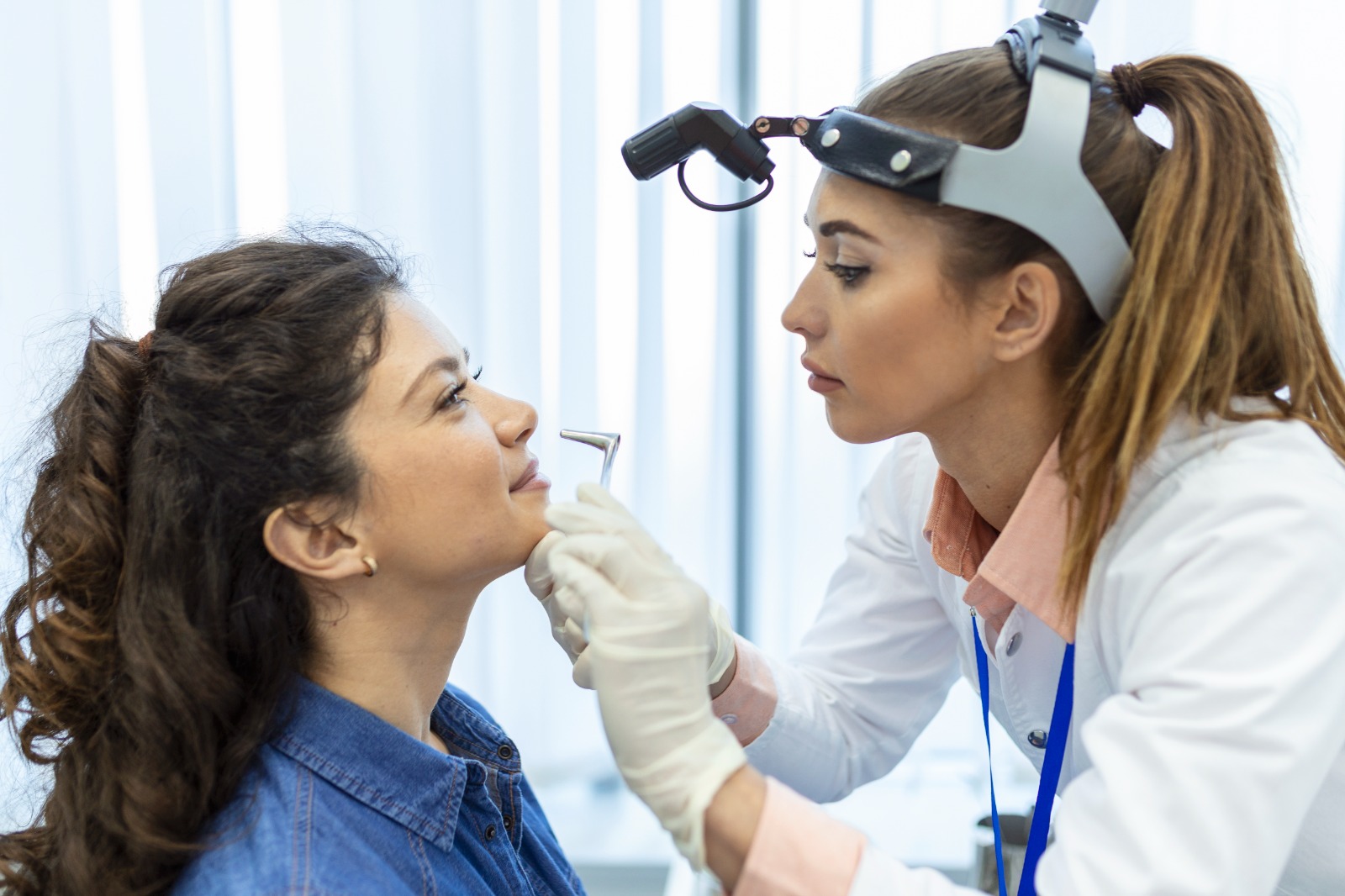
Downloads
Published
How to Cite
Issue
Section
License
Copyright (c) 2025 Revista de la Facultad de Medicina Humana

This work is licensed under a Creative Commons Attribution 4.0 International License.



